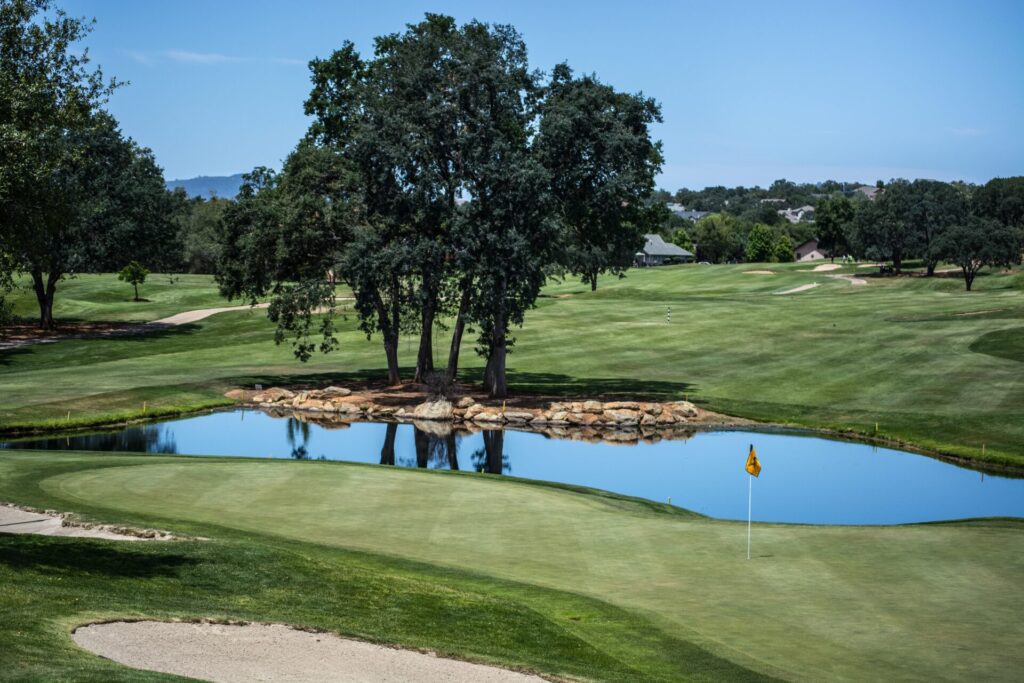
Implementing a lightning strike detection system for golf courses is essential for the safety of both players and staff. Lightning can strike quickly and unpredictably, and having a system in place can help minimise the risk of lightning-related incidents. Here’s how you can set up a lightning detection system for your golf course:
- Select a Lightning Strike Detection System
Choose a reliable lightning detection system that fits the size and needs of your golf course. These systems typically include lightning sensors, alerting devices, and software for monitoring and tracking storms. - Install Lightning Sensors
Lightning sensors, such as lightning detection networks or standalone sensors, are strategically placed around the golf course. These sensors can detect electrical discharges in the atmosphere and calculate the distance and intensity of lightning strikes. - Central Monitoring Station
Set up a central monitoring station where staff can track the lightning data in real-time. This station should be equipped with the necessary hardware and software to receive and process data from the lightning sensors. - Warning Devices
Implement a system of warning devices to alert golfers, staff, and visitors when lightning is detected in the area. Common warning devices include sirens, horns, strobe lights, and smartphone alerts through dedicated apps. - Develop Safety Policies
Create and enforce lightning safety policies for golfers and staff. These policies should include clear guidelines on what to do when lightning is detected, such as seeking shelter in designated areas. - Education and Training
Educate all golf course staff, golfers, and visitors about the lightning safety policies. Training should cover the importance of taking lightning threats seriously and the actions to take during a lightning event. - Designate Safe Areas
Identify and mark safe areas throughout the golf course where people can take shelter during a lightning storm. Encourage everyone to move to these designated areas when a lightning warning is issued. - Monitoring and Communication
Continuously monitor the lightning detection system and weather conditions. Establish a communication protocol to ensure that warnings are quickly conveyed to everyone on the golf course. - Post-Storm Procedures
After a lightning storm has passed, have procedures in place to inform golfers and staff when it’s safe to return to the course. - Regular Maintenance
Regularly maintain and test the lightning detection system to ensure it is functioning correctly. Replace batteries, update software, and inspect sensors as needed. - Legal and Liability Considerations
Consult with legal experts to understand liability and insurance implications related to lightning-related incidents on your golf course. - Local Regulations and Best Practices
Familiarise yourself with local regulations and best practices for lightning safety. Local authorities may have specific requirements for lightning detection systems.
Implementing a lightning detection system on a golf course is a proactive and crucial step in ensuring the safety of everyone on the premises.
Contact us today to find out more about our lightning detection systems.
Read next: Keeping golfers safe with a lightning warning system